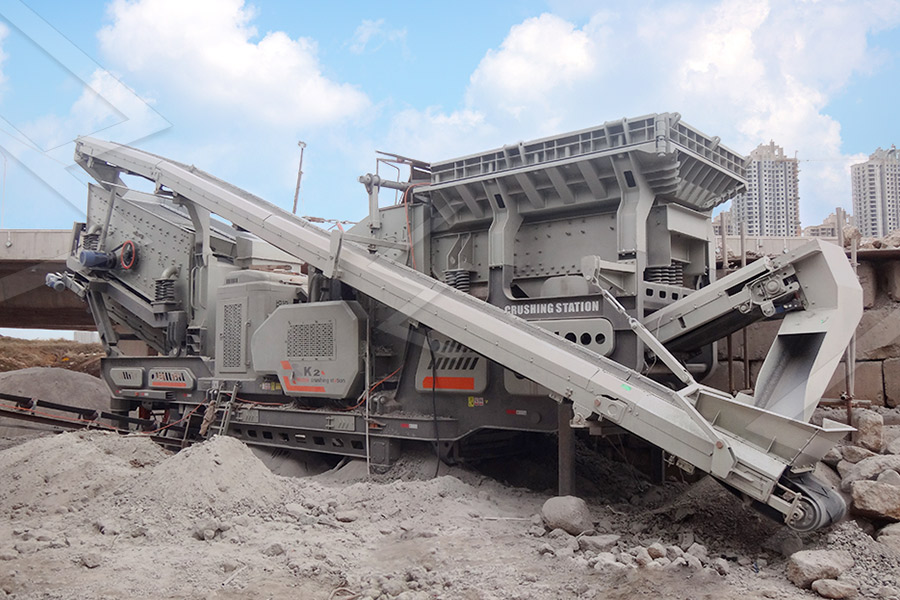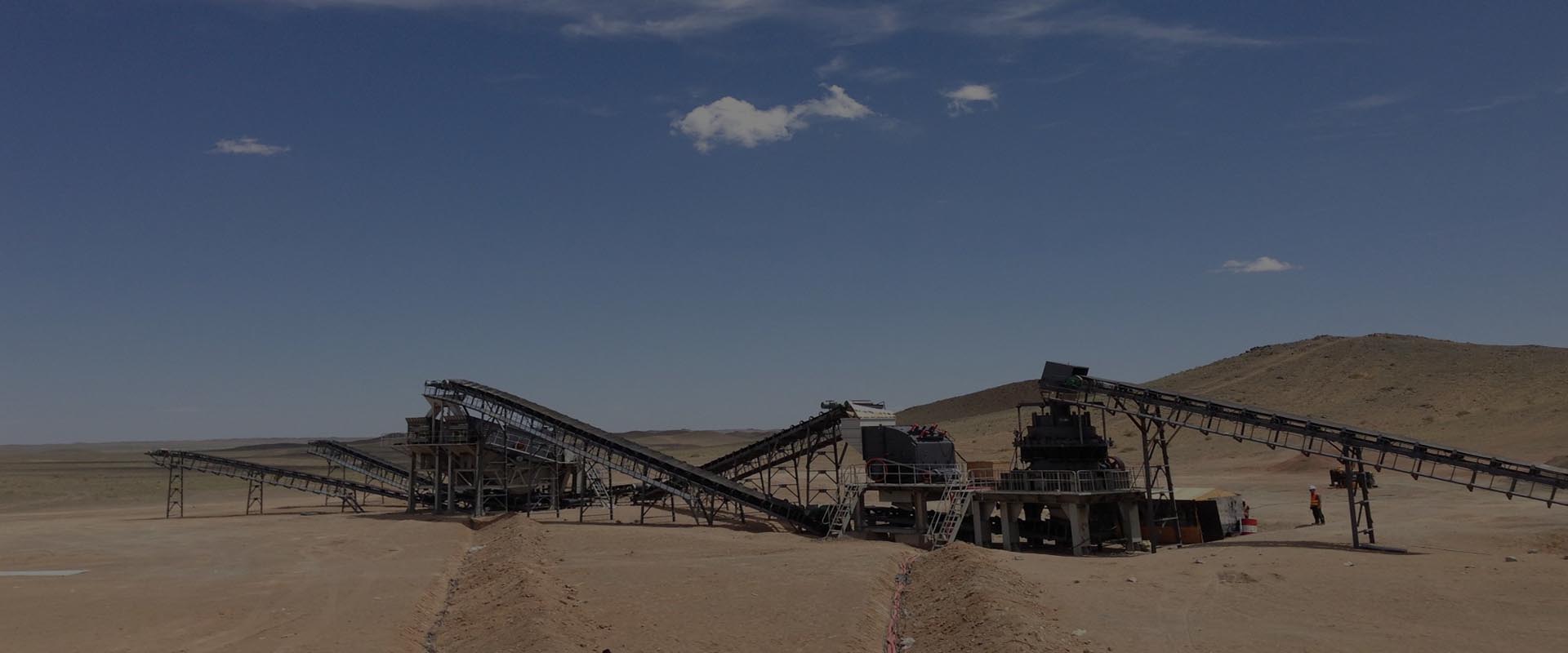recycled iron ore fines

Recycled Iron Briquettes (RiB) - diproinduca
We have developed a proprietary technology that can support your business in its efforts to reduce DRI production costs. We propose the production of cold briquettes that we call Recycled iron Briquettes (RiB) using iron ore fines from the iron ore pellets screens, iron fines from the sludge of sedimentation piles, and other iron oxide by-products.
Read More

Agreement to Develop Iron Ore Fines Recycling Plants
2016-12-16 · Agreement to Develop Iron Ore Fines Recycling Plants Using Direct Reduction Metals and mining firm,Tenova HYL and Diproinduca Canada Ltd., has entered into a commercial alliance agreement for the development and commercialisation of the DRB (Direct Reduced Briquettes) technology for the recycling of iron ore fines in Direct Reduction (DR) plants
Read More

Direct Reduced Iron By-Product Fines (DRI D): A Guide to ...
2021-6-22 · of the iron ore - the higher the content of iron ore fines in the feedstock, the lower the permeability of the burden. The iron ore feedstock (pellets and lump ore) is therefore screened to remove fines before being charged to the furnace. These screened I ron O xide Fines can be recycled through an on -
Read More

The Direct Reduction of Iron Ore with Hydrogen
It thermally agglomerates the mixture of iron ore fines, recycled iron-making products, fluxes, slag-forming agents and solid fuel (coke) at a temperature between 1300 and 1480 °C. Omitting the sintering operation will hence reduce the overall energy consumption and
Read More

OXYCUP Recycling waste | Iron & Steel | Kuettner Group
OXYCUP Recycling waste. Pig iron production according to the zero-waste principle. Fine-grained iron-containing substances - dusts, sludges, mill scale, sponge iron or ore fines - are transformed into high-temperature-resistant self-reducing agglomerates. These so-called C-bricks can be melted together with scrap or bear in a shaft furnace to ...
Read More

Iron Ore Sintering: Environment, Automatic, and Control ...
2017-2-16 · ABSTRACT. Sintering is a process of agglomeration of iron ore fines, fluxes, recycled products, slag-forming elements, and coke with the purpose of achieving an agglomerated product with the suitable composition, quality and granulometry to be used as burden material in the blast furnace.
Read More

PROCESS BRIEF - Ministry of Steel
2019-9-19 · Iron ore fines, coke breeze, limestone and dolomite along with recycled metallurgical wastes are converted into agglomerated mass at the Sinter Plant, which forms 70-80% of iron bearing charge in the Blast Furnace. This entire process of sinter making is associated with various safety hazards like hit / entanglement with mobile equipment, burns ...
Read More

RECYCLING OF FLUE DUST INTO THE BLAST FURNACE
2017-2-6 · another study on injection of iron ore fines, it was found that the Si content was decreased. If sinter fines containing CaO were used the effect was higher[8]. When a mixtur e of iron ore and coal fines or a water-slurry containing iron ore was injected, decreased silicon content of the hot metal could be noticed[10]. The injection of iron ore ...
Read More

A Review on Processing of Electric Arc Furnace Dust (EAFD ...
2022-1-14 · The intense mixing of the ore and coal fines through moving baffle avoids temperature stratification, which along with intimacy of iron and ore particles favours kinetics even at lower temperature, 1100 °C. Recovery of zinc in zinc oxide is as high as 95%, and also, DRI with 95% metallization is obtained.
Read More

(PDF) An Overview: Utilization of Iron Ore Fines and Steel ...
The zero-waste technology is developed for recycle and utilization of iron and steel plant wastes.Iron ore fines and coal fines are also generated during mining and transportation.
Read More

Characterization of sinter return fines - eprints@NML
Sintering is agglomeration of fine grained iron ore for blast furnace burden preparation. During the sinter transportation process fine sinter (–5 mm) is produced which cannot be charged in the blast furnace as high percentage of fines creates gas flow problem in blast furnace. The screened sinter is recycled to the raw material bedding and blending plant.
Read More

By-Products Recovery & Recycling
Recover iron fines for sinter feed. EcoBriq®: briquetting of by-products like oxide fines, mill scale, blast furnace dust, lime fines, C-scrap, coke breeze, and others to create a feedstock to be used in Blast Furnaces and/or BOF. Recover A and B scrap from the steel and iron slag. C-scrap concentration to be used as sinter feed.
Read More

RECYCLING OF FLUE DUST INTO THE BLAST FURNACE
2017-2-6 · another study on injection of iron ore fines, it was found that the Si content was decreased. If sinter fines containing CaO were used the effect was higher[8]. When a mixtur e of iron ore and coal fines or a water-slurry containing iron ore was injected, decreased silicon content of the hot metal could be noticed[10]. The injection of iron ore ...
Read More

PROCESS BRIEF - Ministry of Steel
2019-9-19 · Iron ore fines, coke breeze, limestone and dolomite along with recycled metallurgical wastes are converted into agglomerated mass at the Sinter Plant, which forms 70-80% of iron bearing charge in the Blast Furnace. This entire process of sinter making is associated with various safety hazards like hit / entanglement with mobile equipment, burns ...
Read More

A Review on Processing of Electric Arc Furnace Dust (EAFD ...
2022-1-14 · The intense mixing of the ore and coal fines through moving baffle avoids temperature stratification, which along with intimacy of iron and ore particles favours kinetics even at lower temperature, 1100 °C. Recovery of zinc in zinc oxide is as high as 95%, and also, DRI with 95% metallization is obtained.
Read More

recycling of iron ore - klepvalves.co.za
Recycling aluminum helps save tropical forests. Turning old cans into new cans saves 95% of the energy needed to make cans from ore. One recycled aluminum can save enough electricity to run a computer or a TV for three hours. Scrap Metal Recycling Facts & Figures: 1. Recycling one ton of steel conserves 2,500 lbs. of iron ore, 1,400 lbs. of ...
Read More

Iron Ore – Right Up Ltd
Iron Ore 17 years is the average lifespan for steel before it is recycled Iron ore is the core component of steel, which is used in many forms of modern construction. Steel can be recycled – on average it takes 17 years for a piece of steel to be reused – so demand is proportionately much higher in countries which are industrialising.
Read More

Iron ore market remains muted, Chinese market
2022-2-4 · Seaborne iron ore prices remained largely unchanged on Friday February 4 amid limited trading, sources told Fastmarkets. The absence of Chinese market participants has kept trading in the iron ore market largely muted, a Singapore-based trader said. Price movements for physical cargoes of iron ore were minimal due to the lack of trading, the ...
Read More

Iron ore prices up after increase in speculative buying by ...
2022-1-6 · Iron ore prices up after increase in speculative buying by traders. Seaborne iron ore prices increased on Thursday January 6 after more February-laycan deals were done by trading houses, sources told Fastmarkets. On January 5, China’s Premier Li Keqiang restated the need to reduce tax and fees for enterprises to ensure a stable start for the ...
Read More

Characterization of sinter return fines - eprints@NML
Sintering is agglomeration of fine grained iron ore for blast furnace burden preparation. During the sinter transportation process fine sinter (–5 mm) is produced which cannot be charged in the blast furnace as high percentage of fines creates gas flow problem in blast furnace. The screened sinter is recycled to the raw material bedding and blending plant.
Read More

recycling of iron ore - klepvalves.co.za
Recycling aluminum helps save tropical forests. Turning old cans into new cans saves 95% of the energy needed to make cans from ore. One recycled aluminum can save enough electricity to run a computer or a TV for three hours. Scrap Metal Recycling Facts & Figures: 1. Recycling one ton of steel conserves 2,500 lbs. of iron ore, 1,400 lbs. of ...
Read More

A Review on Processing of Electric Arc Furnace Dust (EAFD ...
2022-1-14 · The intense mixing of the ore and coal fines through moving baffle avoids temperature stratification, which along with intimacy of iron and ore particles favours kinetics even at lower temperature, 1100 °C. Recovery of zinc in zinc oxide is as high as 95%, and also, DRI with 95% metallization is obtained.
Read More

Iron ore pelletizing - Outotec - Momentum Group
Iron ore can be upgraded to a higher iron ore content through beneficiation This process generates iron ore filter cake which needs to be pelletized to be used in the steel making process. Also during the processing of high grade iron ores which
Read More

Iron Ore Sintering: Environment, Automatic, and Control ...
2017-2-16 · ABSTRACT. Sintering is a process of agglomeration of iron ore fines, fluxes, recycled products, slag-forming elements, and coke with the purpose of achieving an agglomerated product with the suitable composition, quality and granulometry to be used as burden material in the blast furnace.
Read More

PROCESS BRIEF - Ministry of Steel
2019-9-19 · Iron ore fines, coke breeze, limestone and dolomite along with recycled metallurgical wastes are converted into agglomerated mass at the Sinter Plant, which forms 70-80% of iron bearing charge in the Blast Furnace. This entire process of sinter making is associated with various safety hazards like hit / entanglement with mobile equipment, burns ...
Read More

By-Products Recovery & Recycling
Recover iron fines for sinter feed. EcoBriq®: briquetting of by-products like oxide fines, mill scale, blast furnace dust, lime fines, C-scrap, coke breeze, and others to create a feedstock to be used in Blast Furnaces and/or BOF. Recover A and B scrap from the steel and iron slag. C-scrap concentration to be used as sinter feed.
Read More

Current News of Primetals Technologies | Primetals ...
2021-6-24 · Only process worldwide using iron ore concentrate fines with 100% particle sizes smaller than 0.15 mm Modular plant design to match individual customer requirements In April, the Hydrogen-based fine-ore reduction (HYFOR) pilot plant developed by Primetals Technologies was commissioned at the voestalpine site in Donawitz, Austria.
Read More

Iron Ore Processing Plants - Iron Ore Wash Plants - CDE
Iron Ore. Efficiently remove silica and alumina contamination to increase efficiencies in steel production. Our iron ore wet processing plants are proven to successfully deal with silica and alumina contamination in the iron ore, resulting
Read More

Angle of Material Recommended Material Density
2021-11-8 · Aluminum ore (see bauxite) Aluminum oxide 70-120 29° 2 . Aluminum silicate 49 30-44° 3 . Aluminum sulphate 54 32° 3 17 . Ammonium chloride, 45-52 30-44° 3 . crystalline . Ammonium nitrate 45 30-44° 3* Ammonium sulphate 45-58 44° 3* (granular) Antimony powder 60 30-44° 3 . Aplite 70-80 30-44° 3
Read More
- << Previous:Coal Mills In South Africa
- >> Next:Types Of Ortificial Sand
